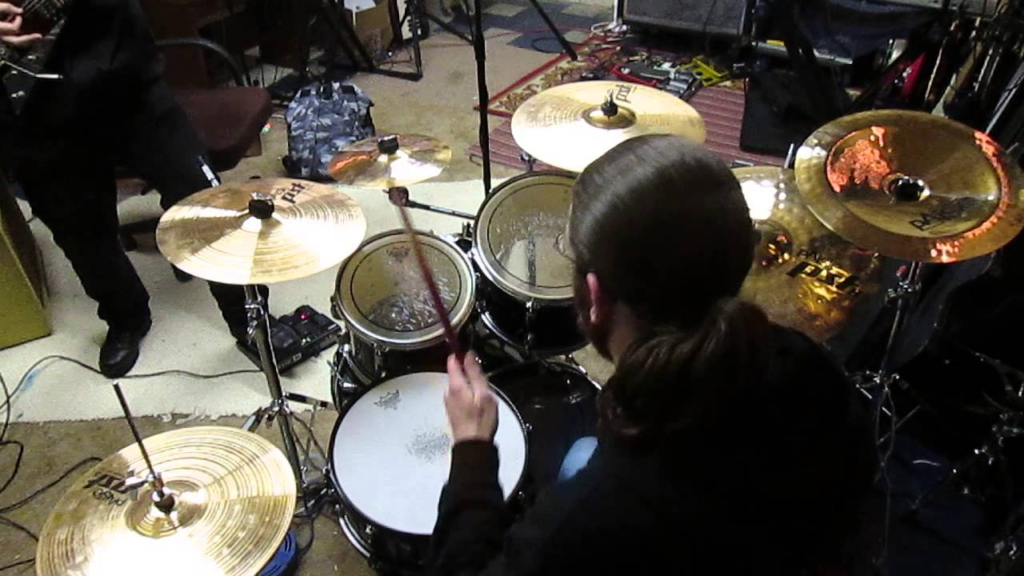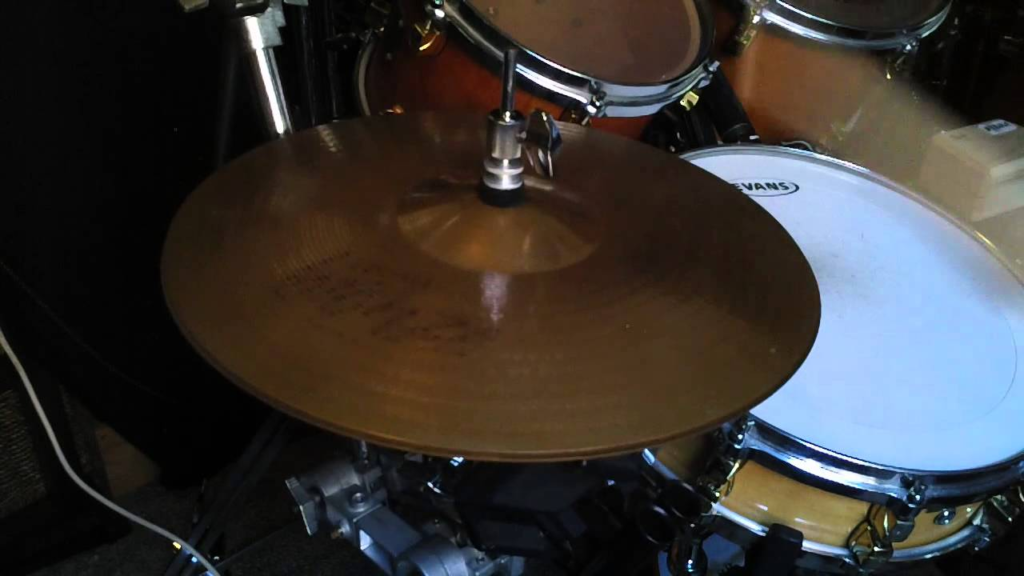The scimitar drum is a charming and unique tool. It performs a critical characteristic in musical traditions worldwide. The tool’s format and playstyle produce deep, resonating tones. These tones upload complexity and energy to track. This article explores the origins, production, and characteristics of the scimitar drum in music.
What Exactly is the Scimitar Drum?
The scimitar drum is a form of body drum. Frame drums are a class of percussion gadgets. It has a round form with a wood frame and drumhead. The drum may be made from animal skin. Its crescent shaped frame resembles a scimitar sword, which impacts its name.
This drum is smaller than many one-of-a-type body drums. Its compact period makes it transportable and clean to deal with. It is an historic tool with roots in the Middle East and Central Asia.

The Construction of this Drum: Crafting the Sound
The manufacturing of the scimitar drum is simple however effective. The timber body is frequently carved with complex designs. These designs upload each aesthetic and cultural price to the drum. The crescent-lengthy-established frame is essential to the sound of the drum. This form contributes to the tool’s tonal trends.
The drumhead is stretched tightly in the course of the frame. Traditional drum heads are made from animal pores and pores and pores and skin, such as goat or sheep pores and skin. Some present day versions use synthetic substances, affecting the sound. The drumhead’s tightness is crucial for producing a smooth, resonant tone.
The Fascinating History and Origins of the Scimitar
The scimitar has historic roots in the Middle East, Central Asia, and components of North Africa. The specific basis is doubtful, but it’s been around for masses of years. The crescent-customary format of the drum is inspired through the scimitar sword. The sword ends up notably implemented in historic times, influencing the drum’s form.
In ancient cultures, body drums just like the scimitar have been applied in spiritual rituals. They had been substantially applied in gala’s and other communal events. The scimitar completed a critical role in growing rhythms for dances, chants, and ceremonies. The rhythms had been regularly thought to have spiritual importance.
The Role of the Scimitar in Traditional Music
The scimitar drum plays a key function in traditional tunes. It serves as a rhythm tool that gives a consistent pulse. This pulse is vital for performers and dancers to live in sync. The scimitar is important in ensemble performances, mainly within the Middle Eastern and Central Asian song traditions.
You may like emily willis news
1. Timekeeper of Traditional Music
The scimitar drum is important to retaining rhythm in hundreds of music genres. It guarantees the song flows without difficulty and stays on beat. This feature is important in performances that contain more than one device. The drum lets in synchronize rhythms and continues time subsequently of the overall standard performance.
2. Enhancing the Emotional Impact
The scimitar contributes to the emotional intensity of the tune. Its rhythmic styles can accentuate dramatic moments in a piece. The tool can shift its dynamics to healthfully the temper of the melody. The sort of tones provide a layer of emotional resonance.

3. Adding Texture and Layering Sound
The scimitar drum enriches the tune via using along with texture. Its deep bass tones supplement better-pitched melodic devices. This creates a balanced and layered sound in ensemble performances. The mixture of percussion and melody enhances the overall musical experience.
The Scimitar’s Influence in Modern Music Genres
The scimitar drum is also making its mark in the current track. Its specific sound is being integrated into diverse genres, inclusive of global track and fusion. The device has located a place in modern-day track, adding conventional taste to fashionable compositions.
1. Fusion of Traditional and Contemporary Sounds
The scimitar drum is frequently mixing with modern instruments in global songs. It blends conventional rhythms with modern-day digital sounds. This fusion creates a completely unique combination of old and new, attractive to diverse audiences.
For instance, scimitar sounds are integrating into jazz, rock, and electronic tracks. The drum’s rhythms supplement these genres, developing new musical landscapes. This blending of conventional and cutting-edge styles maintains the instrument relevant nowadays.
2. The Global Popularity of World Music
World tune’s increasing recognition has brought the scimitar drum to a wider audience. People around the world are exploring one of a kind cultures through track. The scimitar’s inclusion in international performances introduces it to diverse listeners. This publicity allows maintaining the legacy of the instrument.
3. Electronic Integration and Sound Manipulation
The scimitar drum has additionally determined a place in digital music. DJs and producers now manage its sounds using digital equipment. This integration lets in the drum’s sounds to be altered, creating new textures. The fusion of acoustic and electronic factors effects in innovative tune.
How to Play the Scimitar: Basic Techniques
Learning to play the scimitar drum requires getting to know a few fundamental techniques. Here is a easy manual to start out:
1. Grip the Drum Properly
The scimitar drum has a crescent shape, making it easy to grip. Hold the open side of the frame with one hand. Use the opposite hand to strike the drumhead.
2. Striking Techniques
Strike the drumhead along with your palms, palms, or sides of your hands. Different putting strategies produce distinct tonal consequences. Light finger moves create better-pitched tones, while palm strikes produce deeper sounds.
3. Mastering Rhythms
Start with primary rhythms and progress to greater complicated styles. The scimitar is by and large a rhythm tool, so learning timing is crucial. As you gain enjoyment, you could test with elaborate rhythms and syncopated beats.
Conclusion
The scimitar drum is a completely unique and valuable percussion instrument. Its crescent-fashioned frame, resonant tones, and rhythmic flexibility make it critical in many musical traditions. From historic cultural rituals to modern fusion genres, the scimitar drum remains a key participant in song. Its sound, rhythm, and cultural importance keep encouraging musicians worldwide. The scimitar’s legacy will endure as it adapts to the changing panorama of worldwide music.
Also read Ubet



